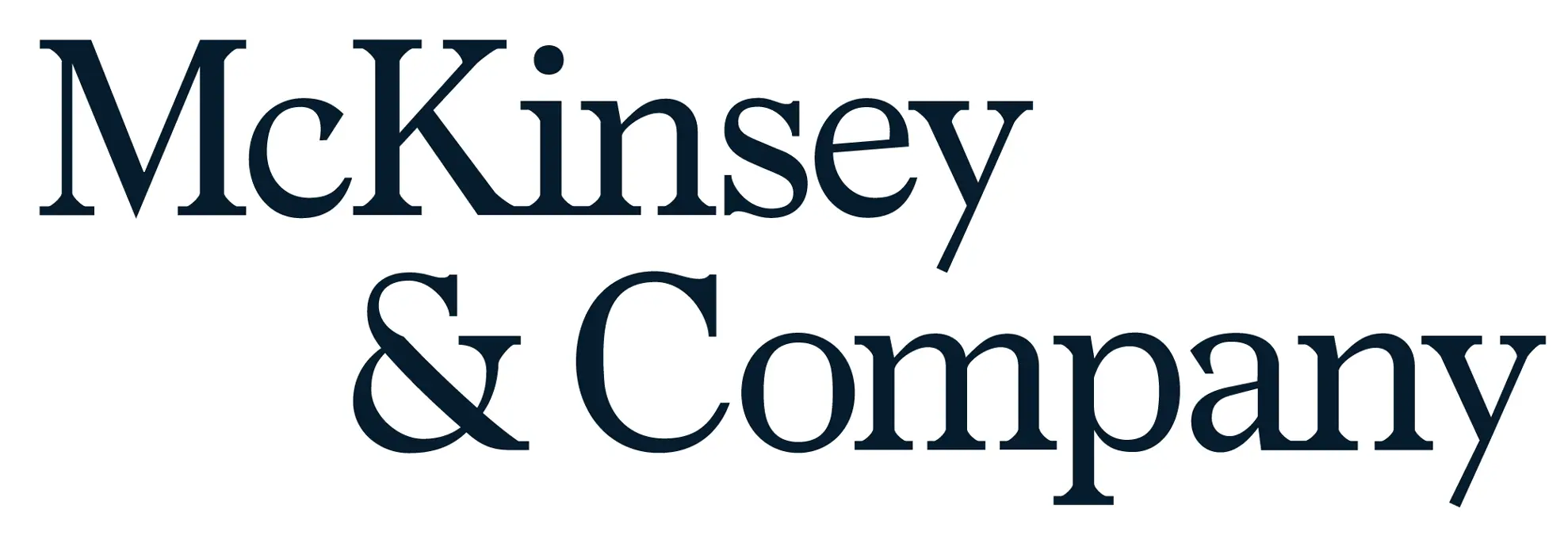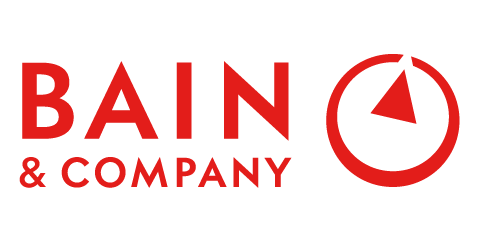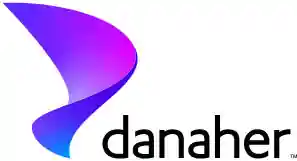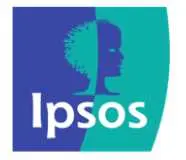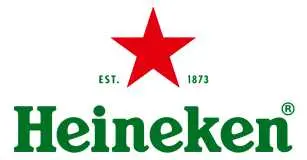
Corneal Pachymetry Market Trends Analysis, Size and Outlook 2034
Corneal Pachymetry Market Growth, Size, Trends Analysis - By Product Type, By Technology, By Application, By End-User - Regional Outlook, Competitive Strategies and Segment Forecast to 2034
| Published: Jul-2025 | Report ID: HLCA25227 | Pages: 1 - 239 | Formats*: |
| Category : Healthcare | |||
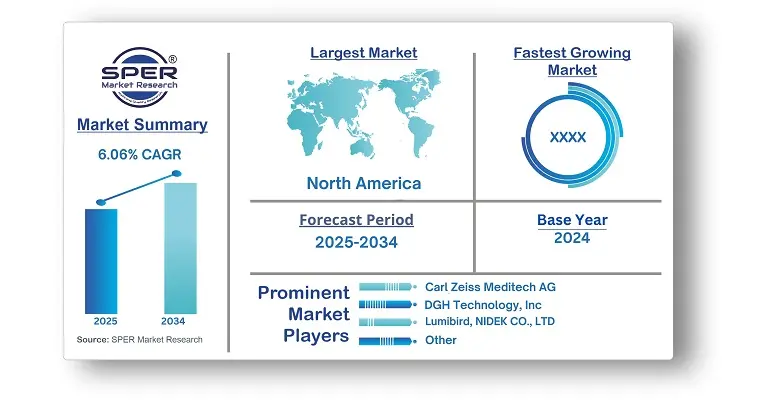
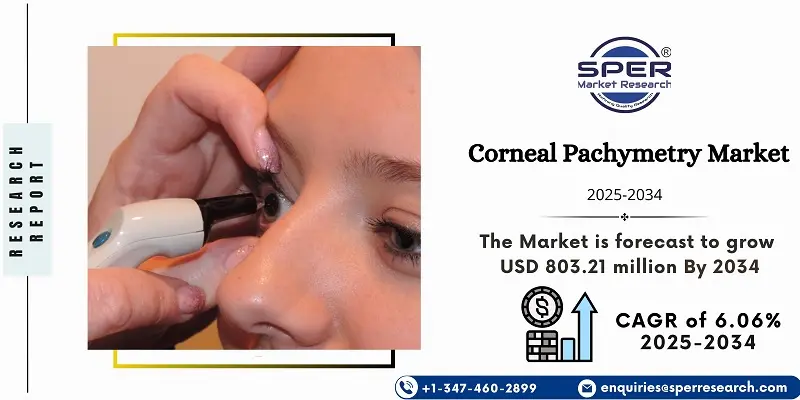
- Carl Zeiss Meditec AG signed an agreement in January 2024 to buy 100% of the shares in Dutch Ophthalmic Research Centre (International) B.V. (D.O.R.C.). This acquisition is expected to enhance and complement ZEISS Medical Technology's ophthalmic portfolio, thereby improving the company's position in the ophthalmic medical device industry.
- In April 2023, NIDEK introduced the NT-1/1e non-contact tonometer, which is intended to provide non-contact tonometry for monitoring intraocular pressure. This launch increased the company's product portfolio as well as its market reputation.
| Report Metric | Details |
| Market size available for years | 2021-2034 |
| Base year considered | 2024 |
| Forecast period | 2025-2034 |
| Segments covered | By Product Type, By Technology, By Application, By End-User |
| Regions covered | North America, Latin America, Asia-Pacific, Europe, and Middle East & Africa |
| Companies Covered | Carl Zeiss Meditech AG, DGH Technology, Inc, Kxele.com, Lumibird, NIDEK CO., LTD, Reichert Inc, Sonomed Escalon, TOMEY CORPORATION, Topcon Corporation, Visionix. |
- Global Corneal Pachymetry Market Size (FY’2021-FY’2034)
- Overview of Global Corneal Pachymetry Market
- Segmentation of Global Corneal Pachymetry Market By Product Type (Handheld, Desktop)
- Segmentation of Global Corneal Pachymetry Market By Technology (Ultrasonic Pachymetry, Optical Pachymetry, Scheimpflug Imaging Pachymetry)
- Segmentation of Global Corneal Pachymetry Market By Application (Glaucoma Diagnosis, Refractive Surgery, Keratoconus Treatment Monitoring, Other Applications)
- Segmentation of Global Corneal Pachymetry Market By End-User (Hospitals, Specialty Clinics, Other End-User)
- Statistical Snap of Global Corneal Pachymetry Market
- Expansion Analysis of Global Corneal Pachymetry Market
- Problems and Obstacles in Global Corneal Pachymetry Market
- Competitive Landscape in the Global Corneal Pachymetry Market
- Details on Current Investment in Global Corneal Pachymetry Market
- Competitive Analysis of Global Corneal Pachymetry Market
- Prominent Players in the Global Corneal Pachymetry Market
- SWOT Analysis of Global Corneal Pachymetry Market
- Global Corneal Pachymetry Market Future Outlook and Projections (FY’2025-FY’2034)
- Recommendations from Analyst
- 1.1. Scope of the report
- 1.2. Market segment analysis
- 2.1. Research data source
- 2.1.1. Secondary Data
- 2.1.2. Primary Data
- 2.1.3. SPERs internal database
- 2.1.4. Premium insight from KOLs
- 2.2. Market size estimation
- 2.2.1. Top-down and Bottom-up approach
- 2.3. Data triangulation
- 4.1. Driver, Restraint, Opportunity and Challenges analysis
- 4.1.1. Drivers
- 4.1.2. Restraints
- 4.1.3. Opportunities
- 4.1.4. Challenges
- 5.1. SWOT Analysis
- 5.1.1. Strengths
- 5.1.2. Weaknesses
- 5.1.3. Opportunities
- 5.1.4. Threats
- 5.2. PESTEL Analysis
- 5.2.1. Political Landscape
- 5.2.2. Economic Landscape
- 5.2.3. Social Landscape
- 5.2.4. Technological Landscape
- 5.2.5. Environmental Landscape
- 5.2.6. Legal Landscape
- 5.3. PORTERs Five Forces
- 5.3.1. Bargaining power of suppliers
- 5.3.2. Bargaining power of buyers
- 5.3.3. Threat of Substitute
- 5.3.4. Threat of new entrant
- 5.3.5. Competitive rivalry
- 5.4. Heat Map Analysis
- 6.1. Global Corneal Pachymetry Market Manufacturing Base Distribution, Sales Area, Product Type
- 6.2. Mergers & Acquisitions, Partnerships, Product Launch, and Collaboration in Global Corneal Pachymetry Market
- 7.1. Handheld
- 7.2. Desktop
- 8.1. Ultrasonic Pachymetry
- 8.2. Optical Pachymetry
- 8.3. Scheimpflug Imaging Pachymetry
- 9.1. Glaucoma Diagnosis
- 9.2. Refractive Surgery
- 9.3. Keratoconus Treatment Monitoring
- 9.4. Other Applications
- 10.1. Hospitals
- 10.2. Specialty Clinics
- 10.3. Other End-Users
- 11.1. Global Corneal Pachymetry Market Size and Market Share
- 12.1. Asia-Pacific
- 12.1.1. Australia
- 12.1.2. China
- 12.1.3. India
- 12.1.4. Japan
- 12.1.5. South Korea
- 12.1.6. Rest of Asia-Pacific
- 12.2. Europe
- 12.2.1. France
- 12.2.2. Germany
- 12.2.3. Italy
- 12.2.4. Spain
- 12.2.5. United Kingdom
- 12.2.6. Rest of Europe
- 12.3. Middle East and Africa
- 12.3.1. Kingdom of Saudi Arabia
- 12.3.2. United Arab Emirates
- 12.3.3. Qatar
- 12.3.4. South Africa
- 12.3.5. Egypt
- 12.3.6. Morocco
- 12.3.7. Nigeria
- 12.3.8. Rest of Middle-East and Africa
- 12.4. North America
- 12.4.1. Canada
- 12.4.2. Mexico
- 12.4.3. United States
- 12.5. Latin America
- 12.5.1. Argentina
- 12.5.2. Brazil
- 12.5.3. Rest of Latin America
- 13.1. Carl Zeiss Meditech AG
- 13.1.1. Company details
- 13.1.2. Financial outlook
- 13.1.3. Product summary
- 13.1.4. Recent developments
- 13.2. DGH Technology, Inc
- 13.2.1. Company details
- 13.2.2. Financial outlook
- 13.2.3. Product summary
- 13.2.4. Recent developments
- 13.3. Kxele.com
- 13.3.1. Company details
- 13.3.2. Financial outlook
- 13.3.3. Product summary
- 13.3.4. Recent developments
- 13.4. Lumibird
- 13.4.1. Company details
- 13.4.2. Financial outlook
- 13.4.3. Product summary
- 13.4.4. Recent developments
- 13.5. NIDEK CO., LTD
- 13.5.1. Company details
- 13.5.2. Financial outlook
- 13.5.3. Product summary
- 13.5.4. Recent developments
- 13.6. Reichert Inc
- 13.6.1. Company details
- 13.6.2. Financial outlook
- 13.6.3. Product summary
- 13.6.4. Recent developments
- 13.7. Sonomed Escalon
- 13.7.1. Company details
- 13.7.2. Financial outlook
- 13.7.3. Product summary
- 13.7.4. Recent developments
- 13.8. TOMEY CORPORATION
- 13.8.1. Company details
- 13.8.2. Financial outlook
- 13.8.3. Product summary
- 13.8.4. Recent developments
- 13.9. Topcon Corporation
- 13.9.1. Company details
- 13.9.2. Financial outlook
- 13.9.3. Product summary
- 13.9.4. Recent developments
- 13.10. Visionix
- 13.10.1. Company details
- 13.10.2. Financial outlook
- 13.10.3. Product summary
- 13.10.4. Recent developments
- 13.11. Others
SPER Market Research’s methodology uses great emphasis on primary research to ensure that the market intelligence insights are up to date, reliable and accurate. Primary interviews are done with players involved in each phase of a supply chain to analyze the market forecasting. The secondary research method is used to help you fully understand how the future markets and the spending patterns look likes.
The report is based on in-depth qualitative and quantitative analysis of the Product Market. The quantitative analysis involves the application of various projection and sampling techniques. The qualitative analysis involves primary interviews, surveys, and vendor briefings. The data gathered as a result of these processes are validated through experts opinion. Our research methodology entails an ideal mixture of primary and secondary initiatives.
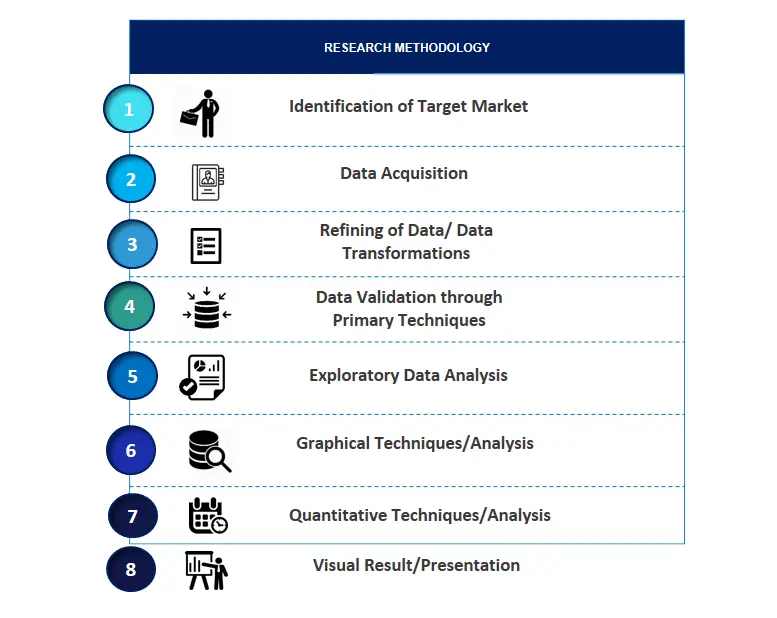
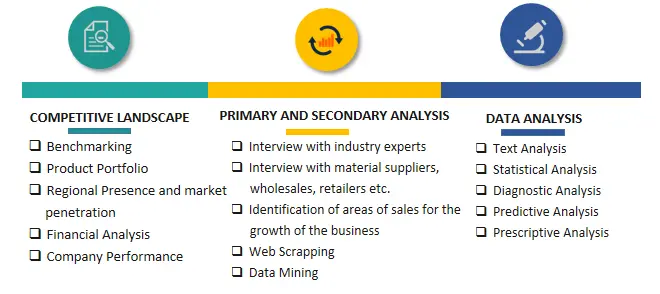

Frequently Asked Questions About This Report
PLACE AN ORDER
Year End Discount
Sample Report
Pre-Purchase Inquiry
NEED CUSTOMIZATION?
Request CustomizationCALL OR EMAIL US
100% Secure Payment
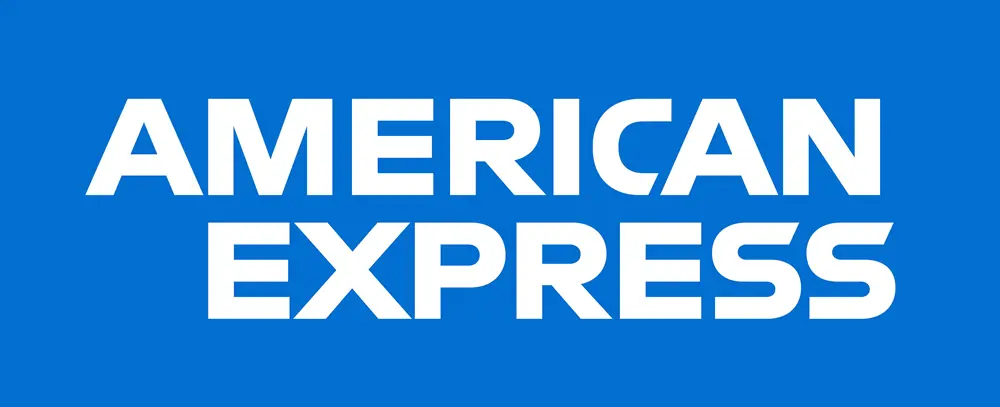
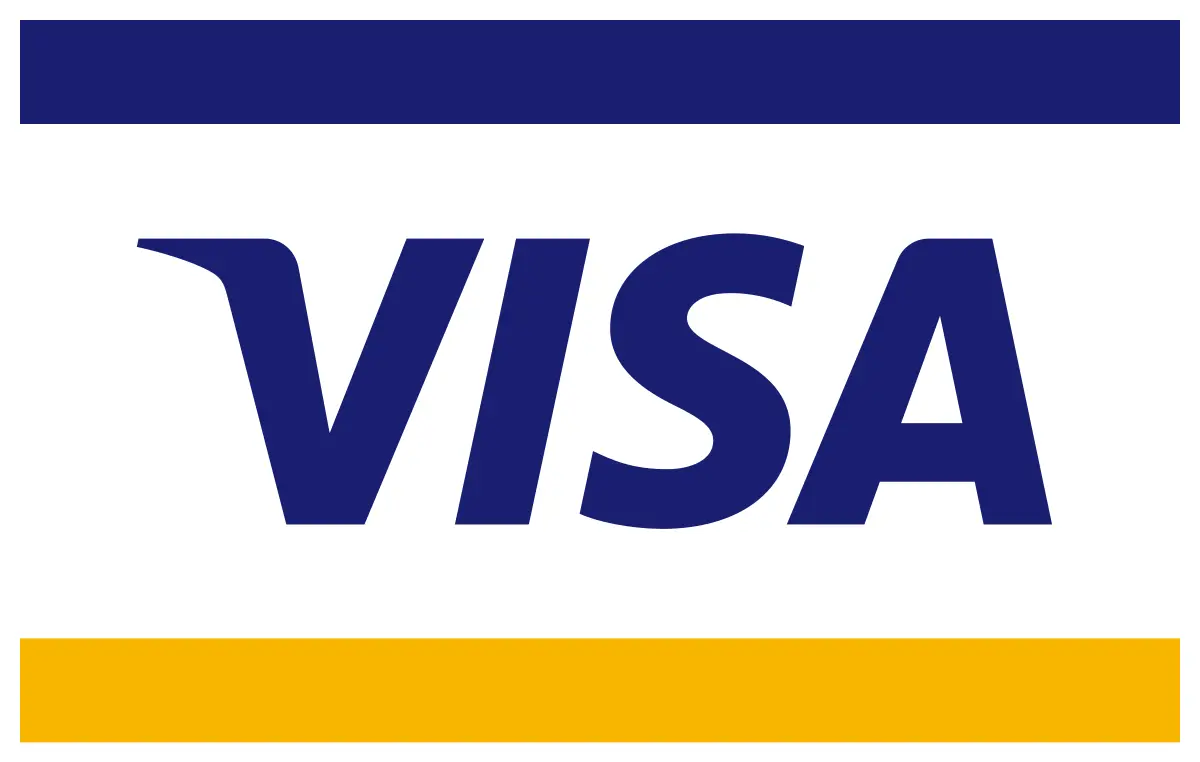




Related Reports
Our Global Clients
Our data-driven insights have influenced the strategy of 200+ reputed companies across the globe.






